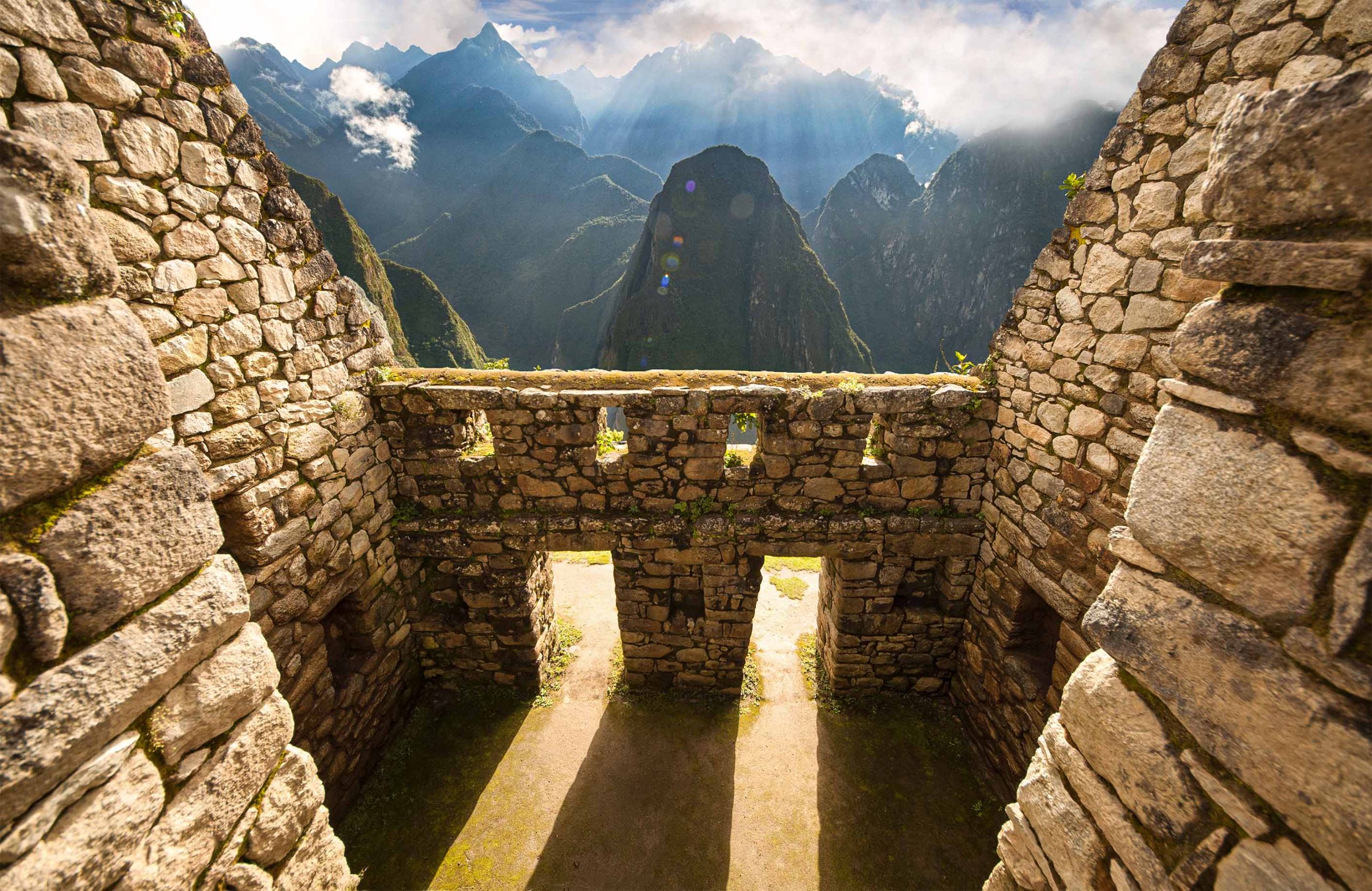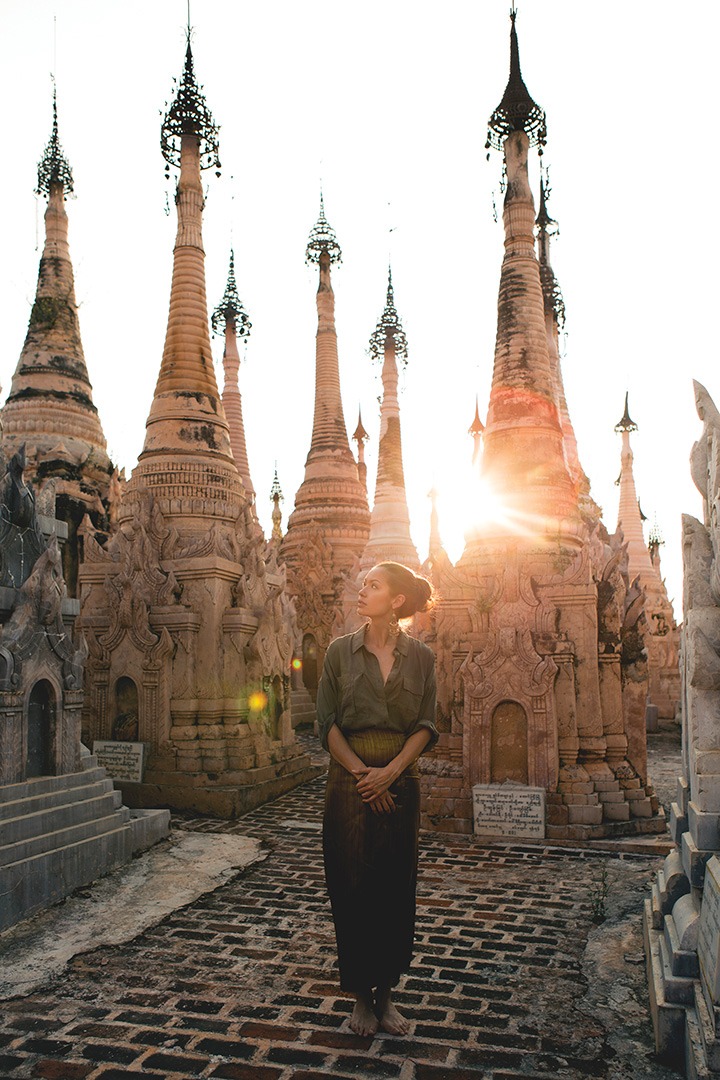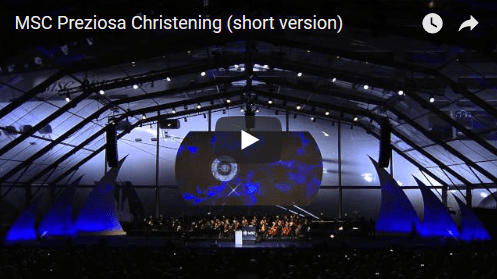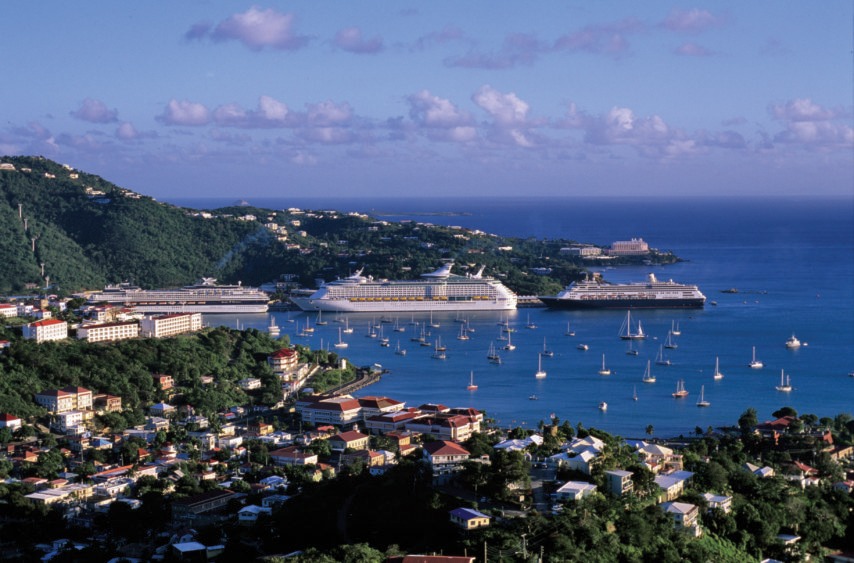
Brief Encounters in the Andes
The ancient Incan warrior-priest, unmoving and in the shadows, remains unnoticed until he brandishes his long-handled battle-ax at us.
My companions and I are in a cozy corner of the 500-year-old Palacio del Inka hotel in Cusco, awaiting a history lecture … we think. What we get instead is a one-man show, in full costume, with music and a rousing tale of Andean adventure and deep-seated Inca tradition. Even though it doesn’t last long, the compelling performance will stay with us for ages.
My best travel memories — and I doubt I’m alone in this — are less novel-length narratives than a collection of brief encounters. Creating such seemingly minor but memorable moments is part of the mission of Azamara, long known for its destination-intensive itineraries and creative shore excursions. One of its newest land adventures, full of such encounters, is a brilliant introduction to Peru: the five-night “Machu Picchu, Cusco & Hiram Bingham Train.”
The 694-passenger Azamara Quest, which will offer the excursion in January 2022, has a low-key, clubby vibe. It’s the antithesis of a party cruise (no casino or Broadway-style extravaganzas), focusing more on fine dining, enrichment lectures, and destination-intensive itineraries. Especially destinations.
I had never before been to Peru, so I was gobsmacked by the mystical setting of Machu Picchu. I reveled in the luxuries of the Belmond Hiram Bingham train through the Sacred Valley. In Cusco, the rough-hewn streets, magnificent churches, and Indian markets left me feeling like a Victorian-era explorer. But the one-of-a-kind brief encounters I experienced along the way, as with the Incan warrior-priest, will stay with me as much as the flashier, wide-screen events.
Brief Encounter: The Hatmaker
The women of Maras love their hats: white straw, tall crowns, flat tops, straight brims, and a wide hatband. Virtually all those hats are made in the town’s lone millinery workshop: Sombrerería Teodosio Argandoña, named for its founder. The late Argandoña made 80,000 hats by hand over 70 years for the women of Maras — an average of 22 hats a week for seven decades.
Today the business is run by the founder’s daughter, Elvira Argandoña Morales. The workshop is spartan — adobe walls, an old wooden workbench, the simple tools of her trade, nothing more. And yet the room is redolent of history. One senses the customers who have entered here over the decades, selecting their preferred ribbons or bringing in a cherished hat that needs repair. The smell inside is basement-like, but not unpleasant. Twilight fills the room even at the height of the afternoon. No windows pierce the walls, just a simple crude doorway to let in the indirect sun. There are no other tourists; the workshop visit is an Azamara exclusive.
Argandoña uses glue from cow hooves mixed with powdered zinc oxide. Vintage wooden forms help shape the crowns, and an old-fashioned iron flattens the brims. A simple two-burner camp stove heats the glue mixture and the iron. She then “paints” each hat with the glue mixture and lets it harden. It’s a time-consuming process, requiring four days for each hat. “Patience is very important,” says Argandoña.
I ask the middle-aged hatmaker who she thinks will take over the workshop when she retires. “Someone … who knows? There are young ones,” she says, almost wistfully. “Maybe them. Maybe no one. This custom is disappearing.”
Brief Encounter: The Well-Planned Picnic
Our van driver pulls off the tarmac onto an inclined dirt track. Several tent-like structures lie ahead of us, in one of which a culinary crew scurries to prepare a meal. For us! It’s an alfresco repast, in the middle of nowhere, at white-linen-draped tables with views of Huaypo Lake and the Andes peaks. Smiling waiters hold trays of Pisco cocktails, Peruvian wine, and local beer. They pass appetizers of sliced beef, chips made from wild potatoes, smoked-trout dip with wasabi, and coarse, chewy campesino bread with cream cheese, fresh tomatoes, and olive oil.
The thin-sliced roast beef of alpaca with seeded mustard and sweet goldenberry spread is unnerving because, well, it’s alpaca, but it turns out to be rich, satisfying, not at all gamey, and only a little chewy. Served medium rare, the taste is reminiscent of lamb. Barbecued red trout filet in a lemongrass-coconut sauce comes off as light and flaky, but it’s disconcerting because the saffron hue gives the appearance of salmon. Less adventurous diners can stick to the grilled chicken with roasted tomatoes, avocado, arugula, and a drizzled pesto dressing.
The guilt-inducing desserts begin with pots of wild-herb tea and plunged coffee from the valley of Quillabamba, considered among the finest coffee regions in Peru. On the sweets plate: chocolate mousse, fresh strawberries, and sticky banana cake. The only thing any of us needs after that is a nap.
Brief Encounter: A Shaman’s Blessing
The holy man taps me on each shoulder with twin condor feathers, whisks scented smoke in my face from an incense bowl, and makes birdlike whistling sounds. As I remain standing, he retrieves a conch shell and blows a long, deep, sonorous note that reverberates in my chest.
Anywhere else, the man might be arrested on charges of being, well, weird. But here, in a boulder-backed glade, at an elevation of some 12,000 feet, overlooking the mountainous depression that holds the millennium-old city of Cusco, such behavior seems perfectly normal.
The wisdom you are seeking is sleeping in your memories,” the shaman says. “I have called on Pachamama to awaken your memories and to give you a blessing that you can pass on to your friends and your families.
Victor Peralta, one of Peru’s rare remaining shamans, follows a religious tradition he learned at the feet of his grandmother. Dressed in a navy-blue smock bearing an Incan sun symbol, capris seamed with red piping, and a colorful Andean knit cap with four dangling multi-hued pompoms, he summons the Incan fertility goddess and earth mother, Pachamama.
“Pachamama,” he intones, “open their memories! And bless your children.”
Then he addresses me personally.
“I feel very glad to have you here as part of this family,” he says somberly. “The sound of the horn fills your chakras. The wisdom you are seeking is sleeping in your memories. I have called on Pachamama to awaken your memories and to give you a blessing that you can pass on to your friends and your families.”
Awaken my memories? That won’t be a problem. And I’ll be darned if I don’t feel a little cleaner, spiritually, then I did this morning.
Excerpt Only. Click to Read the Full Article.
This is an excerpt from the latest issue of Porthole Cruise Magazine. To continue reading, click above for a digital or print subscription.
Mark Orwoll
Mark Orwoll has been a travel journalist for more than four decades, including 30 years at Travel + Leisure magazine, most recently as International Editor. Mark was the Silver award-winner in the cruise-writing category in the 2019-20 competition by the North American Travel Journalists Association. His work has been recognized by the Folio: Ozze & Eddie Awards, the min Editorial Awards, and by the Eastern chapter of the Society of American Travel Writers, among other awards and accolades.
You may also like
A Page in Time… Yangon’s colonial past.
A Page in Time… Take a walk through Yangon’s colonial past By Kevin Revolinski A Myanmar tra
MSC Preziosa: Cosmopolitan Cruising
Cruise Ship Review: MSC Preziosa Gear up and then unwind through memorable moments aboard MSC Prezio
Like a Local: US Virgin Islands
LIKE A LOCAL Livin’ in the USVI By Carol Bareuther Sure, there are guidebooks that list every rest









